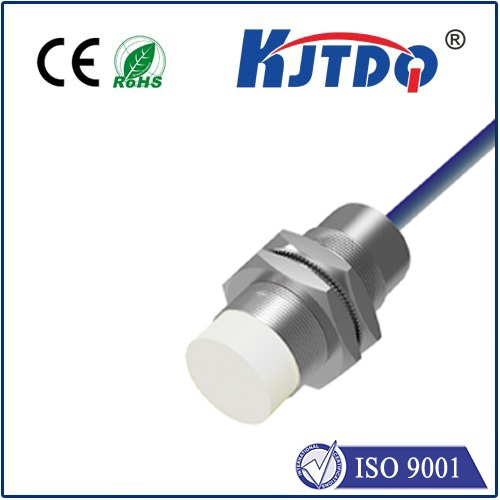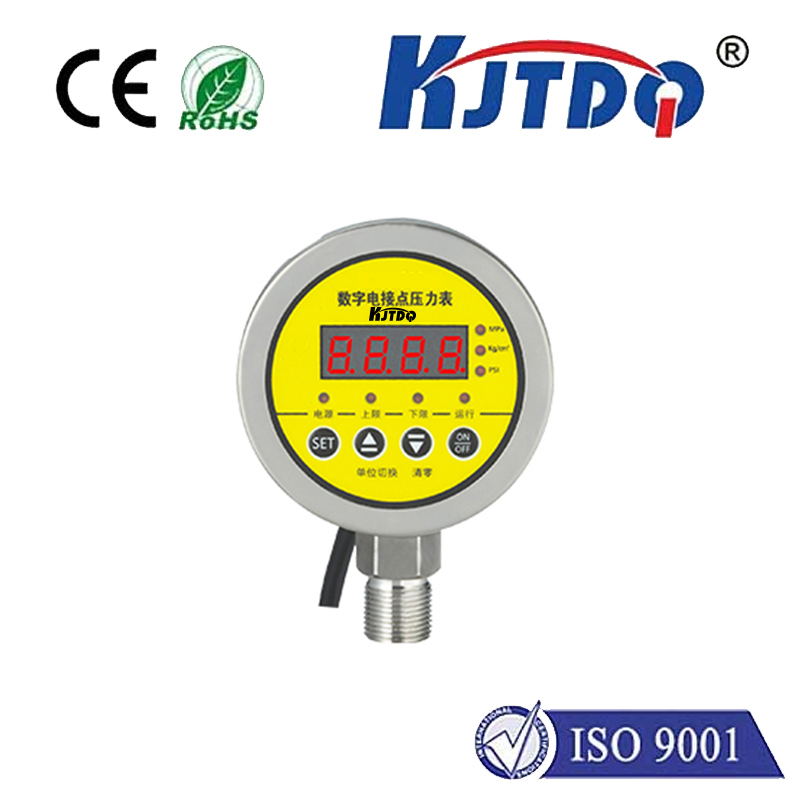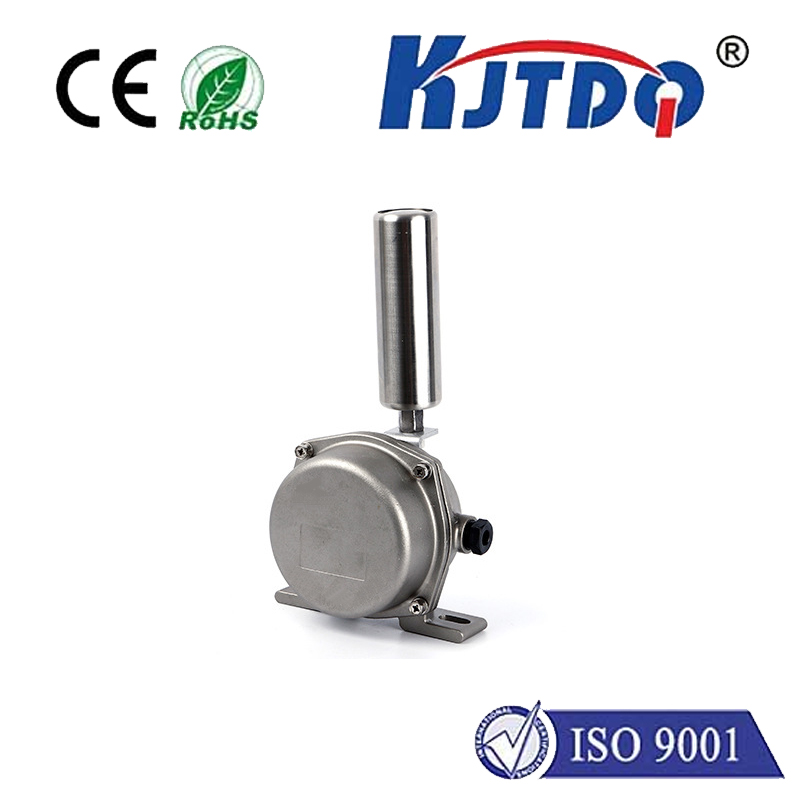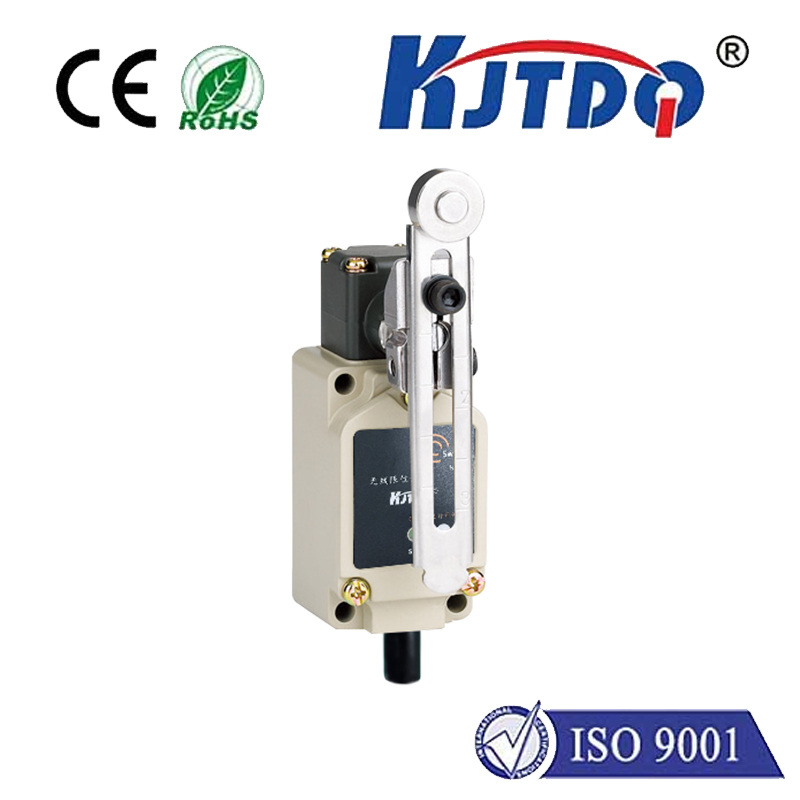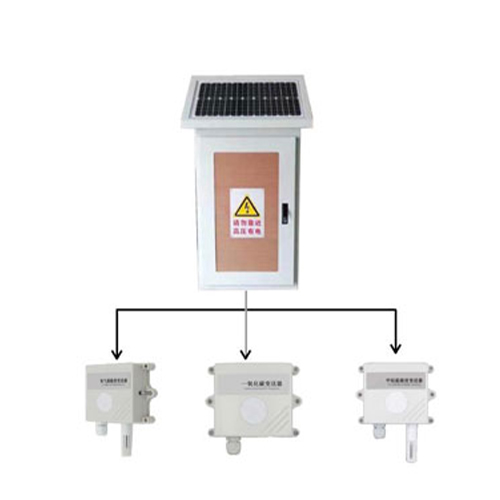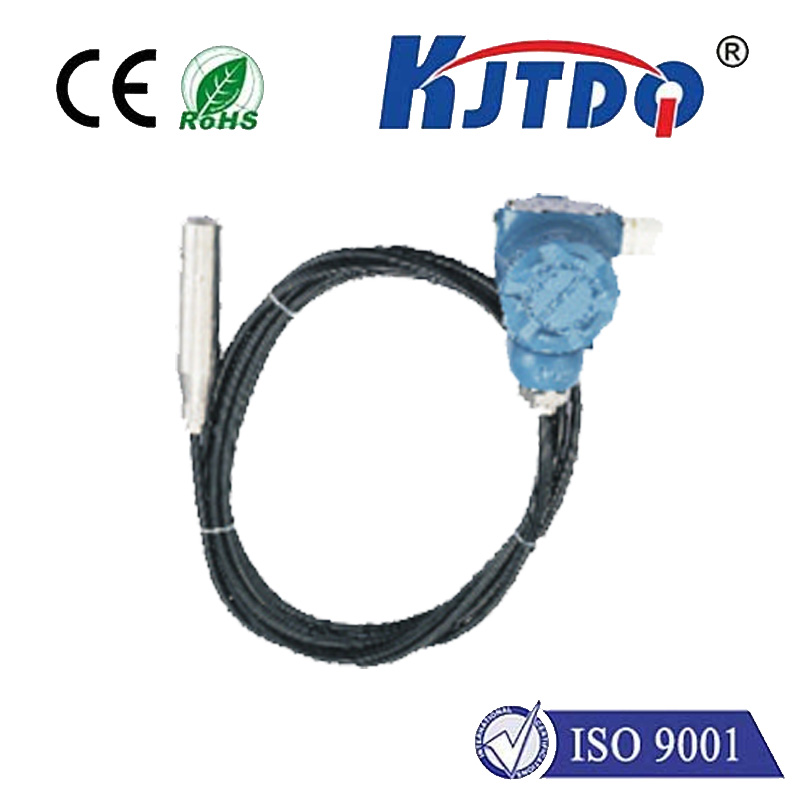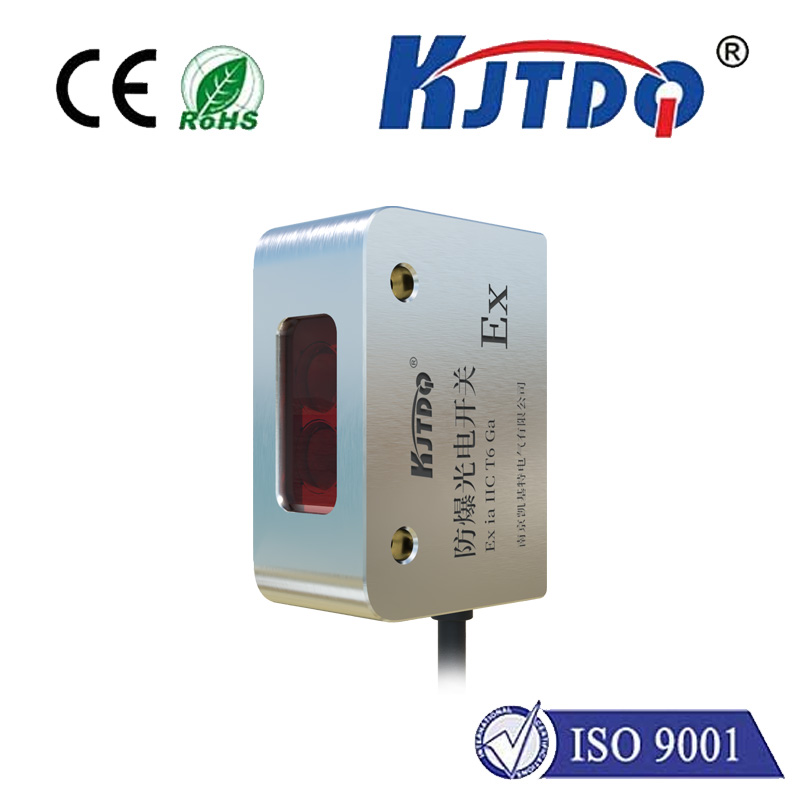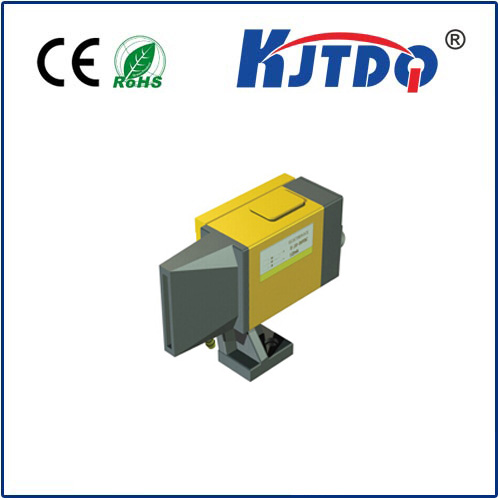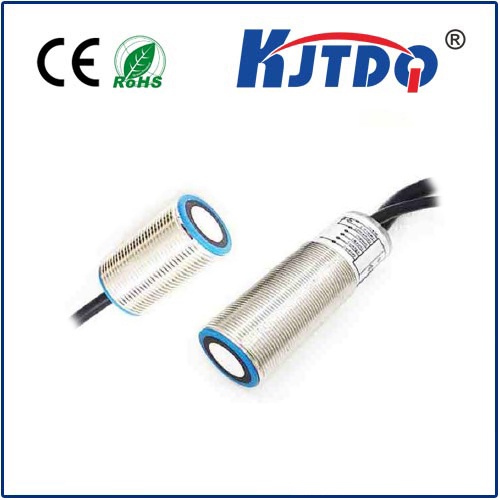Линейный привод с регулируемым ограничительным переключателем
- time:2025-07-30 12:25:36
- Нажмите:0
Unlock Precision Control: The Power of Adjustable Limit Switches in Linear Actuators
Imagine a packaging machine flawlessly sealing products at exactly the right pressure every single time. Or picture a solar panel array tilting precisely to capture the maximum sunlight throughout the day without overextending. What makes such reliable, repeatable linear motion possible? A critical component often sits quietly within the actuator: the adjustable limit switch. Far more than just an on/off trigger, this feature transforms a basic linear actuator into a tool for unparalleled precision and customization.
Linear actuators convert rotational motion (typically from an electric motor) into controlled, straight-line push/pull movement. Their stroke length defines their maximum travel. But how do they know precisely where to stop within that stroke? This is where limit switches come in. They act as electronic sentries, signaling the actuator to halt when it reaches a predetermined position. Traditionally, fixed limit switches were set at the factory, defining rigid endpoints. While functional, they lack flexibility.
The adjustable limit switch is the game-changer. It allows users to customize the actuator’s start and stop points within its physical stroke length. This seemingly simple adjustment unlocks a world of possibilities:
- Precision Tailoring: Need the actuator to stop at 450mm instead of its full 500mm stroke? No problem. Adjustable switches let you define the exact extension and retraction points required for your specific task. This is crucial in applications demanding millimeter-perfect positioning.
- Enhanced Versatility: A single actuator model with adjustable limits can perform multiple functions within a machine or be easily repurposed for different projects. Simply reprogram the end points to suit the new travel requirements – significantly reducing inventory needs and costs.
- Optimized Performance & Safety: Fine-tuning the limits ensures the actuator moves only the necessary distance. This reduces cycle times, minimizes unnecessary wear on mechanical components, and prevents over-travel that could damage the actuator itself, the load, or surrounding equipment. Safety is inherently built-in.
- Simplified Integration: During machine setup or installation, adjustable switches eliminate the need for complex mechanical linkages or external sensors solely to define travel. Calibration becomes software-based or via simple manual adjustment, speeding up commissioning and reducing complexity.
- Cost Efficiency: By maximizing the utility of a single actuator and removing the need for external stopping mechanisms, adjustable limit switches offer a highly cost-effective solution for achieving precise positioning.
How Do Adjustable Limit Switches Work?

The implementation can vary:
- Internal Potentiometer: As the actuator’s lead screw rotates, a wiper moves along a variable resistor. The resistance value corresponds to the actuator’s position. The control circuit is programmed to stop the motor when the resistance reaches preset values (representing the desired limits).
- Hall Effect Sensors: Tiny magnets embedded in the lead nut or drive train pass by sensors at specific points. The adjustable feature allows these sensors to be physically repositioned along the actuator’s housing, defining the activation points.
- Encoders: Higher-end actuators might use rotary or linear encoders providing precise position feedback. Limit points are then set digitally within the controller based on the encoder counts.
Regardless of the mechanism, the core principle remains: the user defines the operational boundaries.
Where Adjustable Limits Shine:
The applications demanding this level of control are vast and growing:
- Промышленная автоматизация: Positioning robotic arms, controlling valve strokes, regulating press pressure, automating material handling with precise placement.
- Solar Tracking Systems: Adjusting panel tilt angles daily or seasonally for maximum energy capture without risking mechanical strain at extreme positions.
- Medical & Lab Equipment: Moving samples, adjusting microscope stages, positioning imaging components with high repeatability.
- Agricultural Machinery: Controlling seed spacing, fertilizer application rates, or implement height with precision.
- Перевозка материалов: Defining exact loading/unloading positions on conveyors or lifts.
- HVAC Systems: Regulating damper positions for optimal airflow control in large buildings.
- Home Automation & Furniture: Setting the perfect height for sit-stand desks or reclining positions in healthcare beds.
Choosing the Right Actuator: Key Considerations
When selecting a linear actuator with adjustable limit switches, consider these factors:
- Accuracy & Repeatability: How precise do your start/stop points need to be? Understand the actuator’s inherent accuracy and the limit switch system’s resolution.
- Ease of Adjustment: Is it tool-based, requires opening the housing, or programmable via a simple interface? Manual physical adjustment is common, while digital programmability offers more flexibility but often requires a compatible controller.
- Durability & Environment: Ensure the actuator and switch mechanism are rated for your operating environment (dust, moisture, temperature, vibration).
- Integration: How easy is it to interface the actuator’s control signals with your existing system (PLC, microcontroller, simple rocker switch)? Verify compatibility.
Beyond Basic Motion: A Foundational Tool
A linear actuator with adjustable limit switches moves beyond simple back-and-forth motion. It becomes a fundamental building block for intelligent, adaptable, and efficient automated systems. By granting precise control over the stroke’s operational range, it empowers engineers, designers, and technicians to create solutions that are safer, more versatile, and perfectly tuned to their application’s unique demands. The ability to define the boundaries is truly the key to unlocking the actuator’s full potential, making it an indispensable component in modern motion control.

